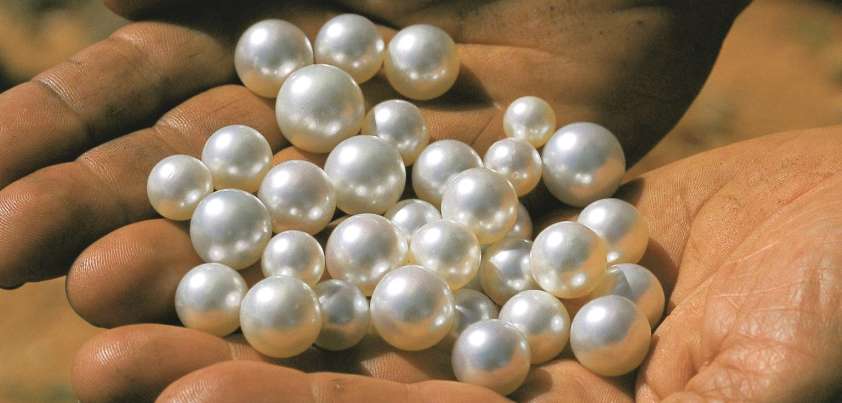 This story by Virginia Woolf reflects the period in which the moral decadence of British aristocracy led to its loss of respect among the people and the rising influence of newly rich commoners. It also shows how both groups could be equally ruthless in achieving their goals. The Duchess represents the aristocracy, corruptly trying to sell a fake set of pearls by taking advantage of the Jeweller’s interest in her daughter. The Jeweller represents the newly rich, craving social acceptance and willing to waste £20,000 buying fake pearls to achieve it. Themes include greed, vanity, social class, appearance, deception, racism.
This story by Virginia Woolf reflects the period in which the moral decadence of British aristocracy led to its loss of respect among the people and the rising influence of newly rich commoners. It also shows how both groups could be equally ruthless in achieving their goals. The Duchess represents the aristocracy, corruptly trying to sell a fake set of pearls by taking advantage of the Jeweller’s interest in her daughter. The Jeweller represents the newly rich, craving social acceptance and willing to waste £20,000 buying fake pearls to achieve it. Themes include greed, vanity, social class, appearance, deception, racism.
The racism (antisemitism) theme is somewhat disguised. The story was originally rejected for publication because of direct references to the Jeweller’s “Jewishness” and, although Woolf subsequently removed these, her description of the Jeweller clearly features a stereotypical Jewish body with an elephant’s trunk nose. She tops this off with the irony of his surname (Bacon) and his metaphoric description as a giant hog in a pasture rich with truffles [profits] after unearthing this truffle and that, still it smells a bigger, a blacker truffle under the ground further off.
Extensive use is made of symbolism, examples of which include: 1) The portrait of the Jeweller’s mother, representing his conscience; 2) The fake (rotten at the core) pearls, representing the Duchess’s shallow, dishonorable character; and 3) The Jeweller’s purported love for the Duchess’s daughter, representing his desire for respectability and higher social status.